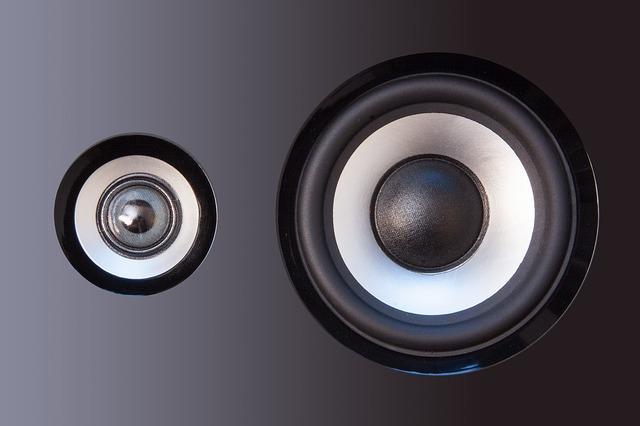Mastering Vertical Sound Dispersion: A Guide for Event Audio Excellence
In the realm of event audio, mastering the intricacies of sound dispersion is crucial to delivering an exceptional auditory experience. This is particularly true for vertical sound dispersion, a technique that has gained prominence with the advent of line array speakers. These innovative systems have revolutionized the way sound is managed at events, offering unparalleled clarity and precision. This article delves into the world of vertical sound dispersion, offering insights into its impact on event audio and how line array plays a pivotal role in achieving audio excellence.
Vertical sound dispersion refers to the way sound waves are projected vertically from a speaker system. This concept becomes critical in large venues and outdoor events where sound needs to travel long distances while maintaining clarity and volume. Traditional speaker systems often struggle with this, as they tend to disperse sound horizontally, leading to uneven coverage and sound quality issues. Line array, with their unique vertical configuration, address these challenges effectively. By focusing sound energy in a vertical plane, these speakers ensure that audio is distributed evenly across a large area, reaching every corner of the audience with consistent quality.

Image Source: Pixabay
The design of line array speakers is a testament to the ingenuity in modern audio engineering. These systems consist of multiple speaker units, each designed to project sound at specific angles. This design allows for the sound waves from each unit to combine coherently, enhancing the overall sound output. The result is not just an increase in volume but an improvement in sound clarity and quality. The vertical orientation also helps in reducing sound interference from walls and ceilings, which is a common problem in enclosed spaces.
Implementing line array, however, requires more than just setting up the equipment. It demands a deep understanding of sound physics and the acoustics of the venue. Sound engineers need to consider various factors, such as the height of the speaker array, the angle of each unit, and the distance between the speakers and the audience. These parameters are critical in ensuring that the sound is not just loud but also clear and free from distortions. The process involves meticulous planning and precision, as even small adjustments can have a significant impact on the overall sound quality.
Another aspect where line array excel is in their adaptability. These systems can be customized to suit different types of events and venues. Whether it’s a concert hall, an open-air festival, or a corporate event, line array can be configured to provide optimal sound coverage. This flexibility is a boon for event organizers and sound engineers, as it allows them to tailor the audio setup to meet specific requirements, ensuring the best possible experience for the audience.
Despite their many advantages, line array is not a one-size-fits-all solution. They are most effective in situations where sound needs to be projected over long distances or in large, open spaces. In smaller venues or more intimate settings, other types of speaker systems might be more appropriate. The key is to assess the audio needs of the event and choose a system that best meets those needs.
The impact of mastering vertical sound dispersion through line array speakers extends beyond just improving sound quality. It enhances the overall experience of the event for both the audience and the performers. For the audience, it means enjoying a performance where every note is clear and every word is understandable, regardless of their location in the venue. For performers, it provides the confidence that their art is being conveyed with the highest fidelity, allowing them to focus on their performance without worrying about audio issues.
Line array is at the forefront of this revolution, offering sound quality and coverage that traditional speaker systems cannot match. However, the effective use of these systems requires technical expertise, careful planning, and an understanding of the specific audio needs of each event. For event organizers, sound engineers, and audiophiles, the journey towards perfecting vertical sound dispersion is both challenging and rewarding, offering endless possibilities to enhance the auditory experience of live events.
Comments